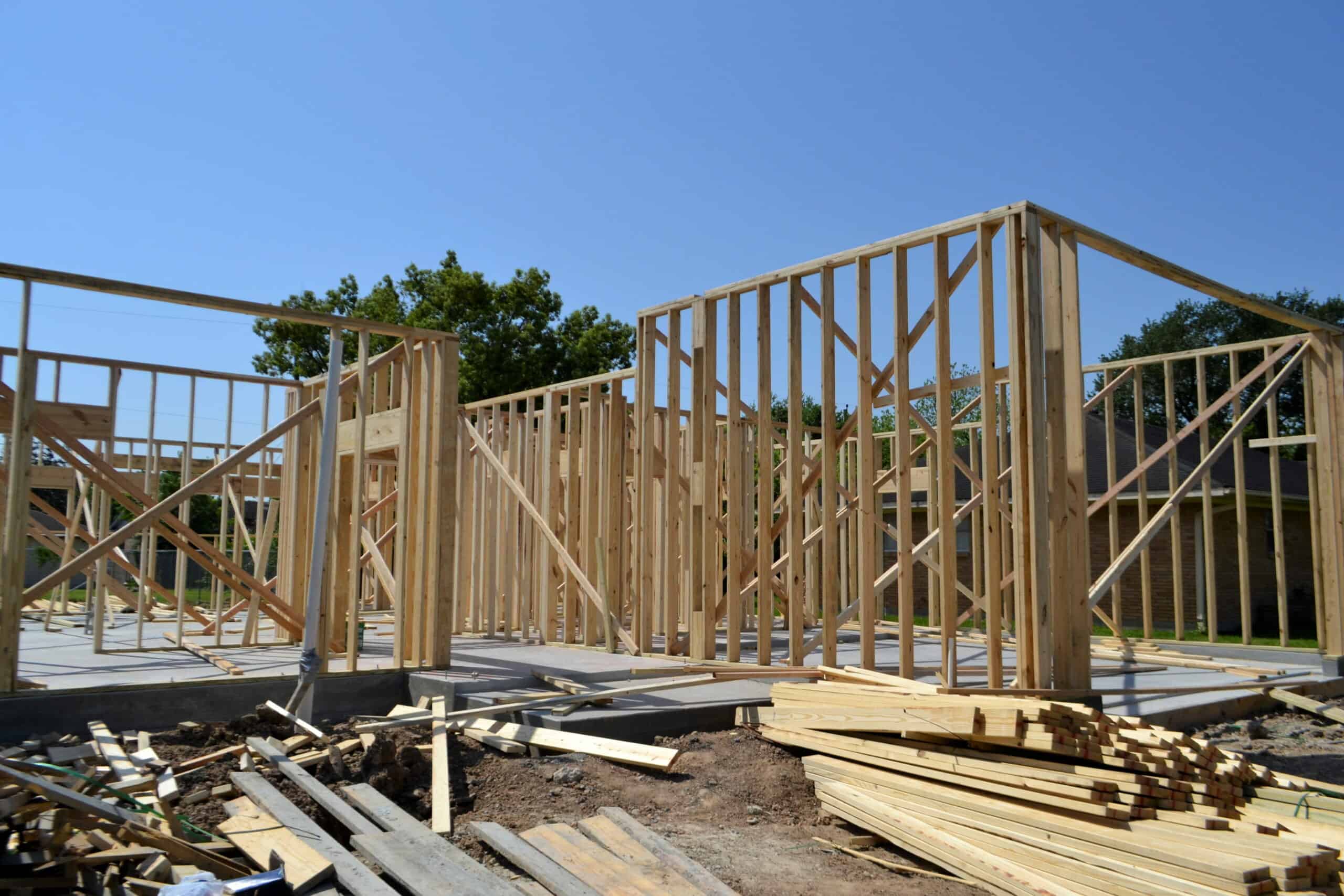Cement and steel are key ingredients of buildings, bridges, and skyscrapers but they have a big impact on the planet. Production of cement creates 2.3 billion tons of CO2 per year, while iron and steel release 2.6 billion tons. If the cement industry were a country, it would be the third-largest emitter of carbon dioxide in the world, behind only the U.S. and China.
This has led many to start looking at wood as a cleaner alternative. Wood looks good on paper but it may not be such an ideal option.

Researchers at the World Resources Institute (WRI) found that wood consumption accounts for about one-tenth of the world’s annual greenhouse gas emissions. This is less than electricity and heat generation but more than passenger cars. This is especially concerning as global demand for wood will increase by 54% between 2010 and 2050.
“We do find that using wood to replace concrete and steel could have lower emissions under certain conditions, but they’re challenging to achieve. And currently, the fast-growing plantations that could supply wood in these conditions are already needed to meet other growing demands for wood,” the researchers wrote in a blog post.
Not a climate-friendly solution
As they grow, trees transform carbon in the air into carbohydrates, removing it from the atmosphere and storing it. If a whole tree were transferred into a building, the carbon would remain stored for decades. But only a small portion of a tree makes it into a building, with a third left behind in the forest as roots and branches, the team said.
Bark, which accounts for 10-15% of the wood removed from the forest, is usually burned. Also, when logs are transformed into lumber, much of the wood becomes chips or sawdust, which is burned. These industrial processes from the forestry sector emit carbon dioxide that would be avoided if the forests were kept standing.
The researchers surveyed papers claiming that the use of wood is carbon neutral as long as a forest is harvested sustainably – meaning that the amount of wood removed by a year’s harvest matches the forest growth in that period. However, this isn’t accurate, they said. Harvesting increases carbon even if forests don’t diminish year to year.
“Logically, if forests would grow and absorb more carbon if some parts were not harvested for wood, then harvesting and only maintaining pre-existing carbon stocks decreases the carbon the forest stores relative to a no-harvest scenario,” the team wrote, comparting this with a savings account that’s left alone to grow and not spent.
In the study, the researchers also found that using wood in construction will probably increase carbon emissions relative to using concrete and steel. They estimate a 54% increase in demand for wood by mid-century, which would lead to clearing three million square miles of woodland– an area about the same size as the continental US.
The resulting emissions are likely to be between 3.5 and 4.2 billion tons of CO2 each year, they said, which is about the same emissions caused by deforestation for agriculture. “We project wood used for timber, paper and all purposes other than fuel will be 90% higher in 2050 than in 2010,” the researchers wrote in their blog post.
However, there’s still a way forward. In their study, they suggested limiting how much wood is logged and encouraging more efficient uses of wood, such as burning less for heat and cooking. They also for us to look for more promising solutions for concrete and steel for the construction sector instead of thinking just of relying on wood.
The report is accessible here.


